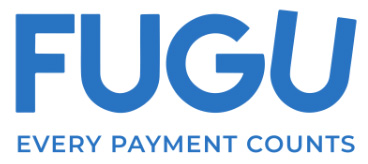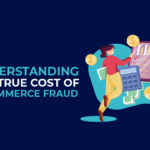For eCommerce merchants, more usually means better. More customers and more transactions translate into more profit.
That is exactly why subscription-based services are gaining traction fast. At the click of a button, customers can subscribe to indefinite monthly purchases. In fact, 78% of international adults currently report subscribing to a recurring service.
But… more transactions may also mean more opportunities for fraudulent activity, especially in the case of recurring automated transactions.
Without proper protection in place, subscription model services leave merchants vulnerable to fraud.
This article explains how fraudsters target merchants who provide subscription services, and the steps merchants should take to protect themselves.
Fraud Aimed at Subscription Services
Subscription services are more vulnerable to fraud and chargebacks because of the following aspects:
- Customers commonly misunderstand the terms or requirements for subscription termination and/or
- Risk scoring is performed based on the initial checkout information, completely ignoring any changes in the risk profile that may arise over the course of the customer relationship.
- In the case of ATO, fraudsters gain access to a genuine customer’s account. Sometimes, fraudsters even change the details on a customer’s account before using it to make fraudulent purchases. As a result, it takes longer for the customer to be alerted to the fraudulent activity.
- In the case of friendly fraud, customers make illegitimate chargeback requests after ordering a subscription service. They may initially intend to pay only for the 1st delivery but then illegitimately dispute the charges when they realize they no longer need the service they committed to.
Of course, the face of fraud is always evolving and becoming more sophisticated. And as subscription models become more popular, fraudsters will develop other ways to target merchants.
Here are some strategies merchants can leverage to reduce the increased risk of fraud that comes with subscription services.
Perform Ongoing Risk Analysis
Performing risk analysis tells merchants how likely a sale is to be fraudulent. Usually, merchants perform a risk analysis at the initial payment phase and based on the result, accept or reject the transaction.
But, customer data collected at the original time of sale quickly becomes outdated. And, merchants put themselves at risk if they mail the 10th shipment while relying on the initial risk analysis.
Even if merchants offer subscription services, they must look at each recurring sale as a separate transaction. That means shifting from a single risk assessment to ongoing risk monitoring.
Merchants also must perform more complex risk analyses. This means being aware of other features that might flag a transaction as fraudulent.
For example, fraudsters sometimes request expedited shipping of their stolen goods. In other cases, fraudsters order goods to or from locations that are inconsistent with the account’s previous behaviour. Frequent transactions in a very short time on an account can also signal that it has been taken over.
If merchants perform regular location and velocity checks (the amount and rate of purchases on an account), they can quickly identify red flags.
Merchants should also make use of a vast array of data points in their risk analysis. For example; drawing on a customer’s support chat threads, website visits, and/or email interactions.
Prepare for Fraudulent Chargeback Claims
Subscription service customers sometimes abuse the chargeback system out of frustration or forgetfulness. This means merchants who offer subscription services are extra vulnerable to unjustified chargebacks.
Friendly fraud chargebacks pose a threat to a merchant’s bottom line. By catching instances of friendly fraud, merchants can reclaim money that is already on the table.
The best way to combat friendly fraud is before it occurs, by collecting extra information about your customer.
Performing post-payment Know Your Customer (KYC) verifies a customer’s identity. And, when done right, performing KYC will have little-to-no impact on conversion rate. Merchants can take extra steps to request selfie IDs or credit card scans from customers to ensure they are truly the ones approving the purchase.
Collecting evidence allows merchants to ensure that the transaction was actually approved by the cardholder. Then, this data can be used to build a case against any fraudulent chargeback claims that arise.
Implementing Fraud Solutions
While more is often better, when it comes to fraud: less is more.
But combating fraud alone can be difficult, so eCommerce merchants must implement fraud prevention solutions that analyze risk signals at all stages of the customer and transaction lifecycle.
FUGU offers multi-tiered fraud protection that minimizes the loss merchants experience due to account takeover and friendly fraud. By performing risk scoring post-checkout, FUGU protects against a wide variety of fraud.
Using FUGU’s software solutions, merchants can secure their payments, reduce their risk, and increase their revenue with ease.

Idan Sharon | Fraud Fighter & VP of Sales

US: +1 650 614 1684 | IL: +972 50 244 5035
Book a meeting | LinkedIn
WhatsApp | Skype | Telegram
Deloitte top innovators | Capterra ![]()
![]()
![]()
![]()
![]()




